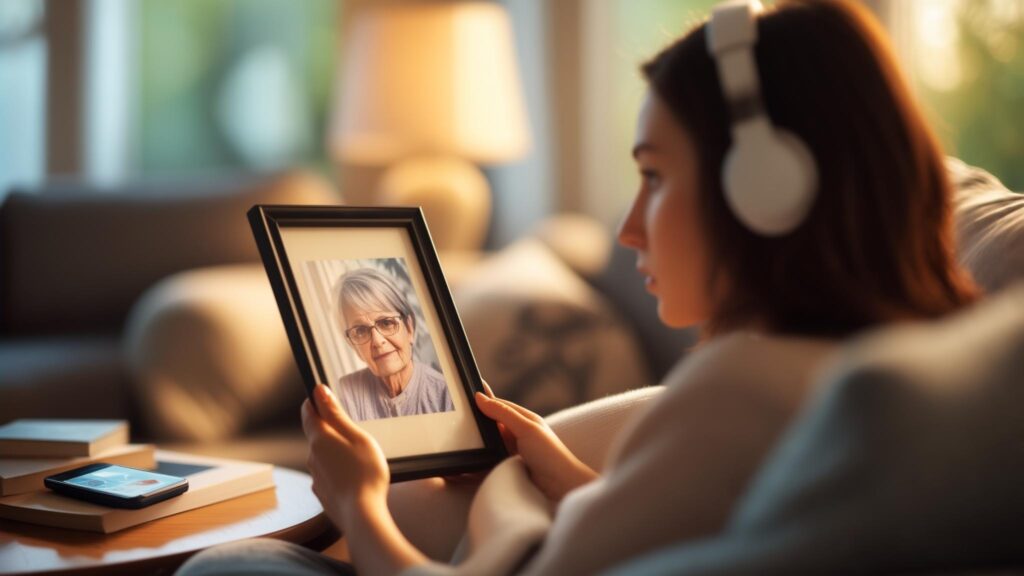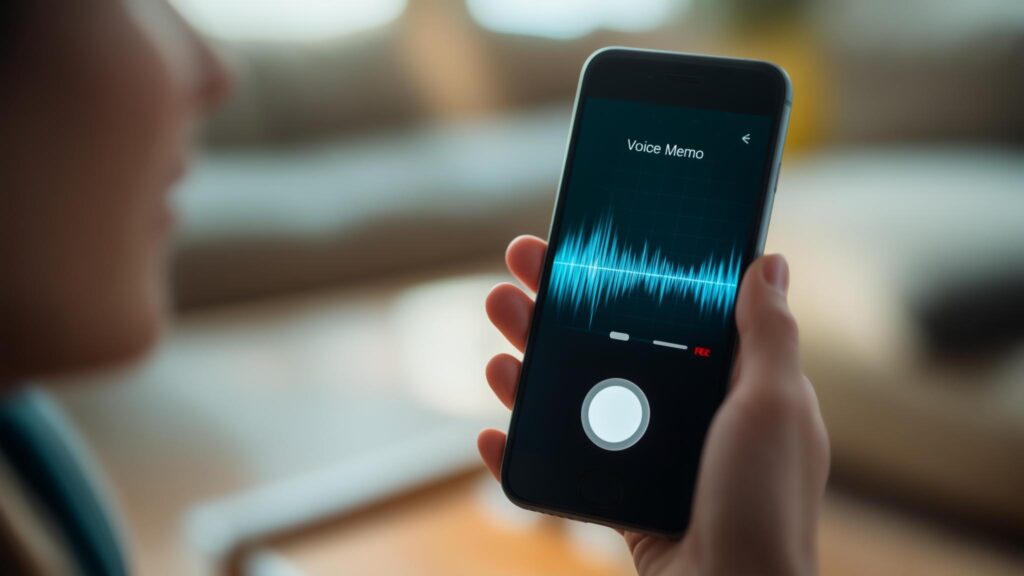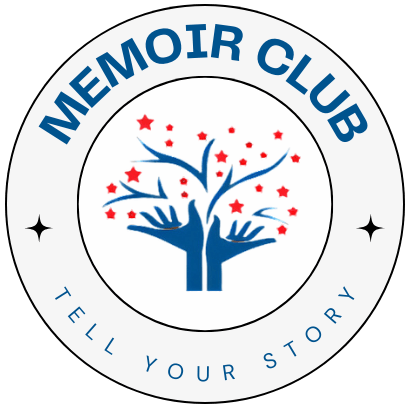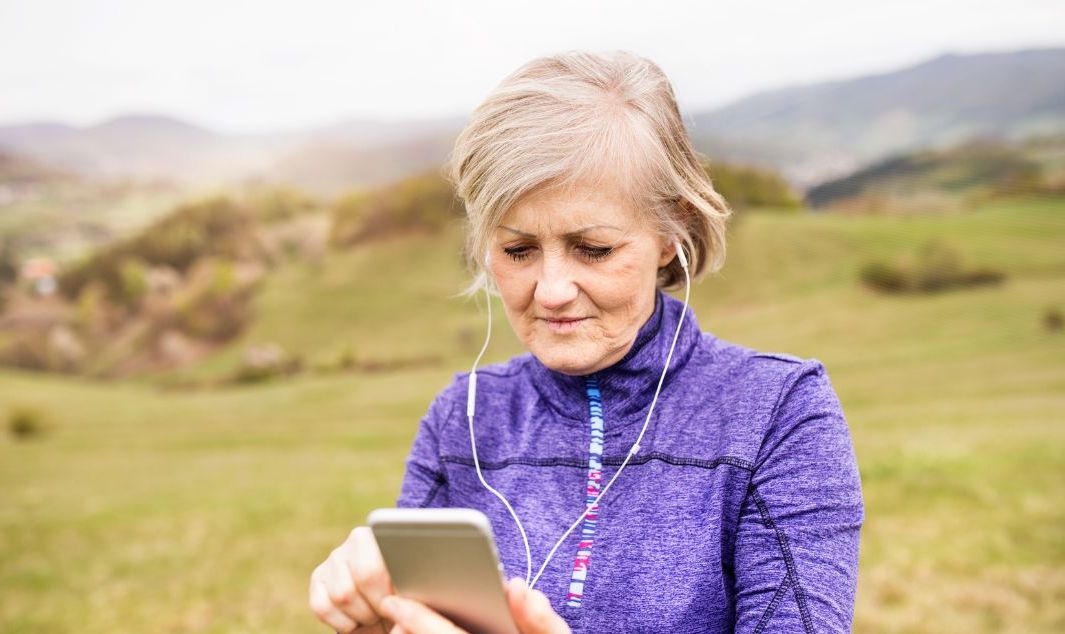You ever hear a song from your teenage years, and suddenly you’re back in the passenger seat of a car that doesn’t exist anymore, going somewhere that probably doesn’t exist either? My memoir podcast gives you the tools to capture those moments.
That’s the power of sound. It’s not just nostalgia—it’s how memory works.
When we talk about storytelling, most people picture someone reading to children at a library. But around here, we start somewhere else: with your ears.
That’s why the steps in our process are Listen • Capture • Create.
And it’s why The Memoir Club is an audio podcast—not a video course or a stack of books.
Because before you write your story, it helps to hear one.
Sound Is the Shortcut to Memory
There’s something ancient and intuitive about listening.
Long before we wrote anything down, we sat in circles and listened. Stories weren’t read, they were heard. They weren’t edited, they were told with a voice that cracked and laughed and hesitated in the right places.
Listening isn’t passive. It’s active in a different way. When you listen—really listen—your brain isn’t just absorbing information. It’s associating. It’s rifling through drawers you didn’t even know were there.
You hear someone talk about a kitchen table, and suddenly, you’re remembering the burn spot on your grandmother’s table, where Aunt Annie set a hot pan. Or the creak of the chair you weren’t supposed to rock back in.
That’s not an accident. That’s memory doing what it does best: waking up when sound knocks on the door.

Stories Stick Better When You Hear Them
I mentioned libraries. There’s a reason kids want stories read aloud over and over again. It’s not because they can’t understand the words—it’s because the voice carries the story.
Same goes for adults, even if we don’t admit it.
A voice shapes a story. There’s pacing. Emotion. Emphasis. All the things that help ideas land deeper than if you’d just read a transcript.
And when you’re trying to coax out your own memories, that tone matters. A calm, steady voice saying, “It’s okay to forget the details. Just start where you are.”
That feels different than a blinking cursor or a blank page staring you down. That’s the power of a memoir podcast.
No Screen, No Pressure
Let’s be honest: most of us already spend too much time staring at screens. Another video course with smiling instructors and flashy edits? No thanks.
An audio memoir podcast asks less of you—and gives you more in return.
You can listen while folding laundry, walking the dog, or watching the coffee drip. You can close your eyes and let the words land. No pressure to look presentable. No charts or bullet points to memorize. Just a voice in your ear, guiding you toward your own story.
And unlike video, which demands your full visual attention, my audio memoir podcast gives you back your imagination. That’s where the good stuff lives anyway.
Listening Models What Writing Can Feel Like
Here’s something else: hearing a story told aloud reminds you that your own story doesn’t have to be perfect to be powerful.
You hear the rhythm of how people actually talk. You notice where they pause, where they circle back, where they say, “I don’t remember exactly, but I’ll tell you what I do.”
That’s the kind of honesty memoir thrives on. And when you hear it in someone else’s voice, it gives you permission to show up that way, too.

So Start Here: Just Listen
You don’t need a journal yet. You don’t need a lesson plan or a writing routine. You just need a voice—and some space to let your mind wander.
Start with Episode 1 of the Memoir Club Podcast. It’s titled The House That Built Me, and it’s a good place to begin. Not because you have to write about your childhood home, but because it might remind you of something else that matters.
That’s how memory works. It’s not a spotlight—it’s a spark. And listening is the match.
Ready When You Are
The first step isn’t writing.
It’s not even remembering.
It’s listening—to someone else’s story, to the sound of memory finding its shape, to the quiet voice inside you that says, “Hey… I’ve got something to tell, too.”
So grab your earbuds. Hit play. Let the story find you.
👉 [Listen to Episode 1 now]




